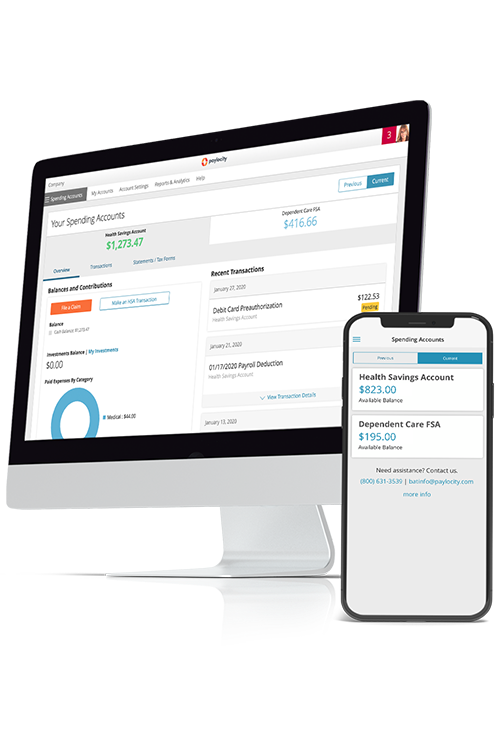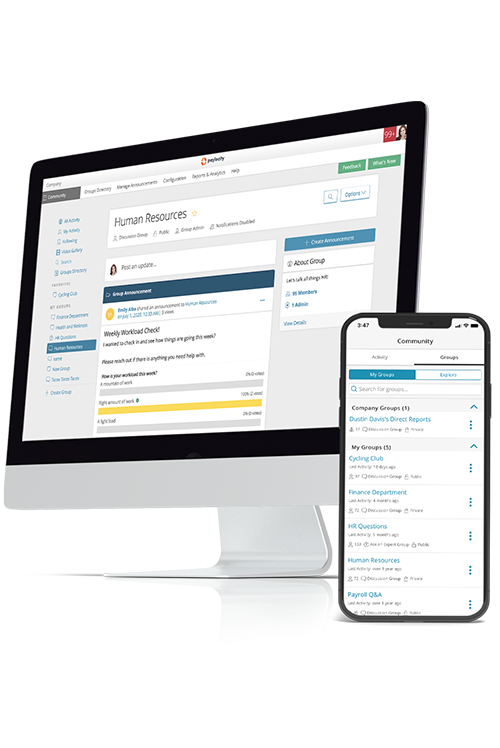2. Cultivate a Culture of Empathy
Shame, stigma, and a perceived lack of empathy often prevent employees from addressing their mental health. Without this psychological safety, productivity plummets.
Employers should promote a culture of empathy at work by encouraging open communication, actively listening to employees' concerns, and providing training on emotional intelligence and compassionate leadership.
At the same time, employers must help their employees move forward — not just wallow in defeat.
Empathy at work isn't “crying on the floor with your employees,” writes Maria Ross, author of “The Empathy Edge.”
“[Empathy at work] is a method of trying to understand why somebody sees a situation, their performance, or the responsibilities of the job in a certain way,” she writes. “When you have an empathetic leader, and you have an empathetic culture, engagement, performance, loyalty, and job satisfaction improve.”
3. Create Connection
Curbing loneliness and creating workplace connection isn’t just about bringing everyone back to the office. In fact, TELUS Health Senior Vice President Paula Allen says that where a person works is less of the issue — it’s more about the quality of our connections to our colleagues, not quantity or proximity, that matters.
To create quality connections at work, and improve mental well-being in the workplace, people leaders need to:







